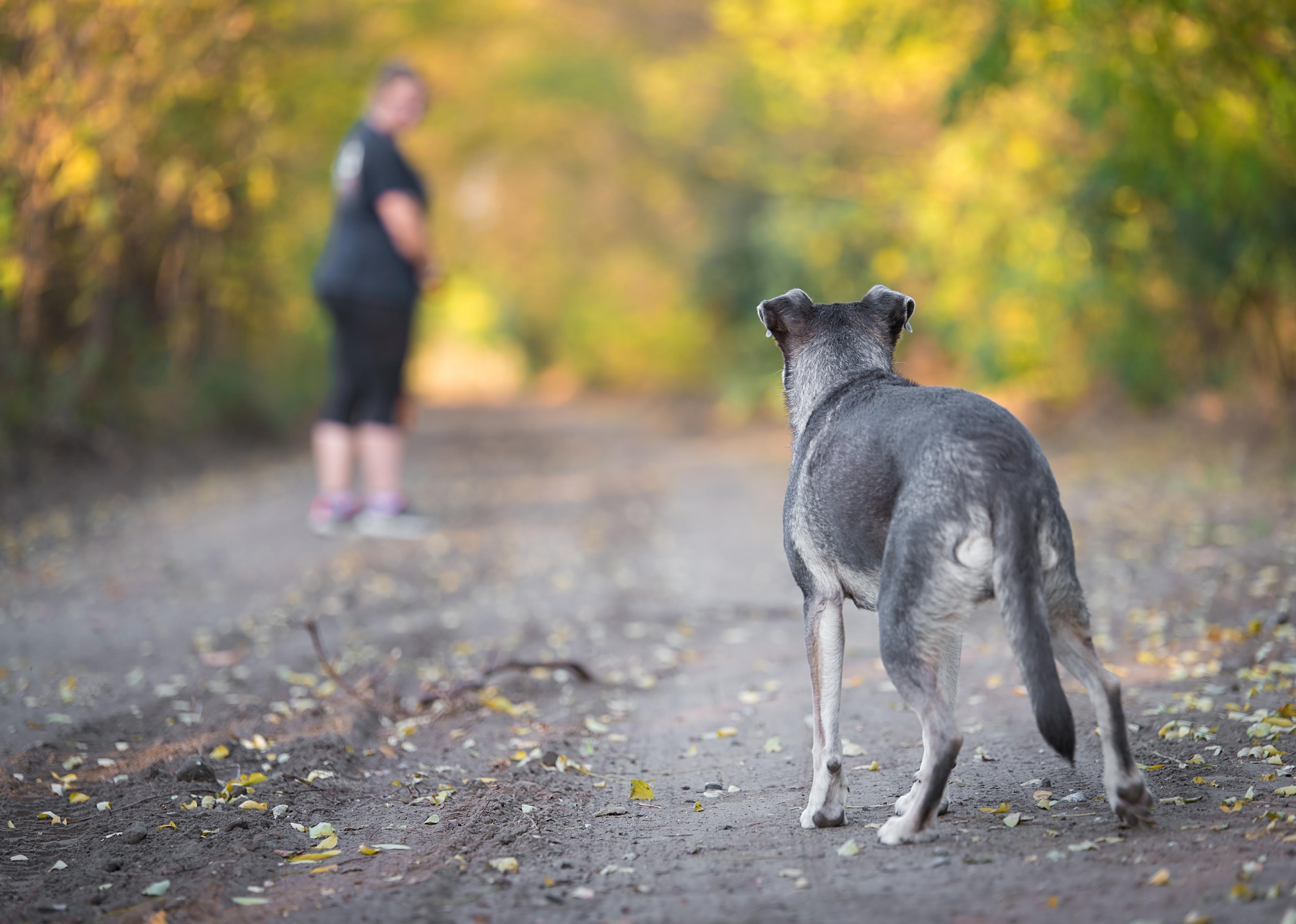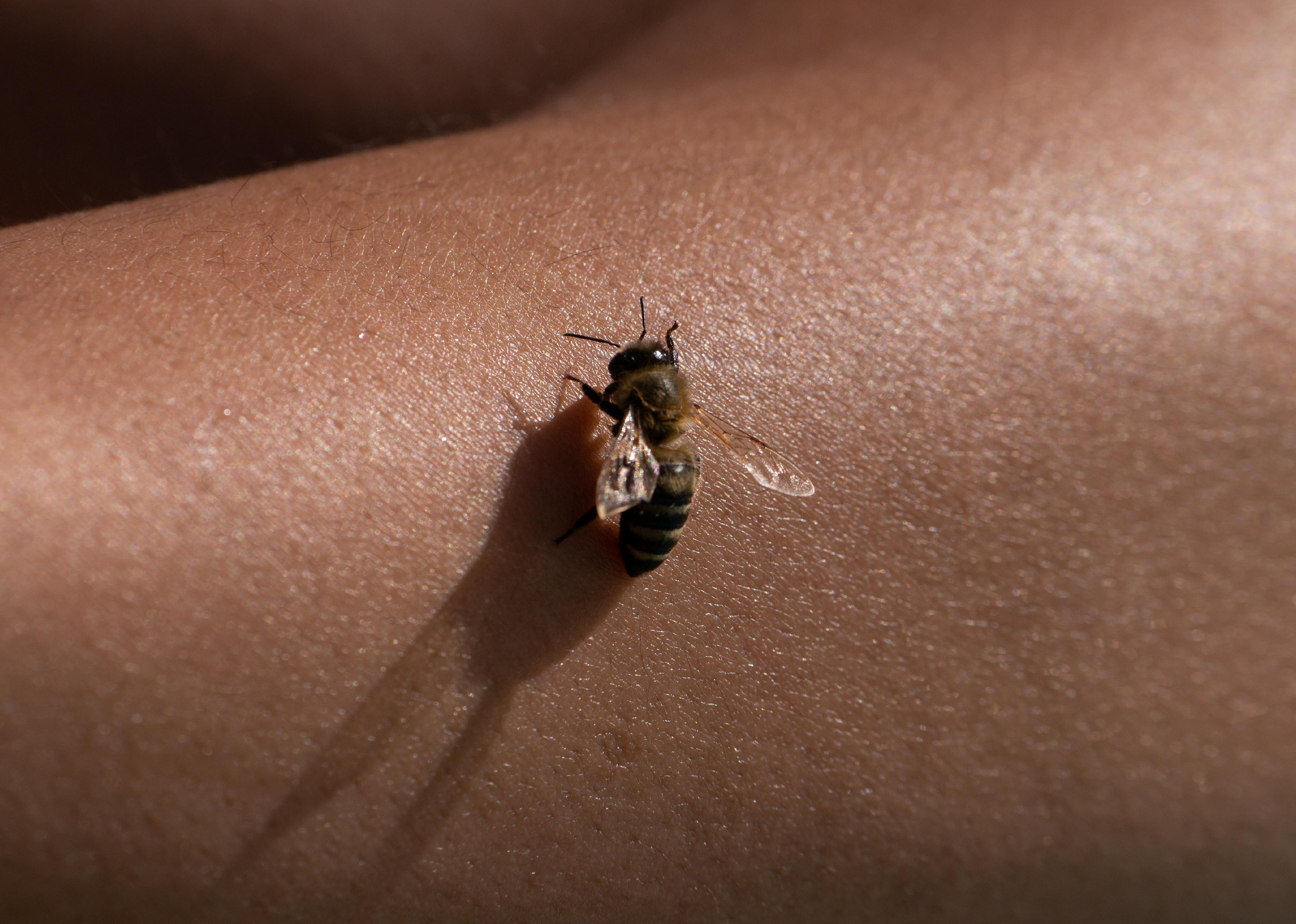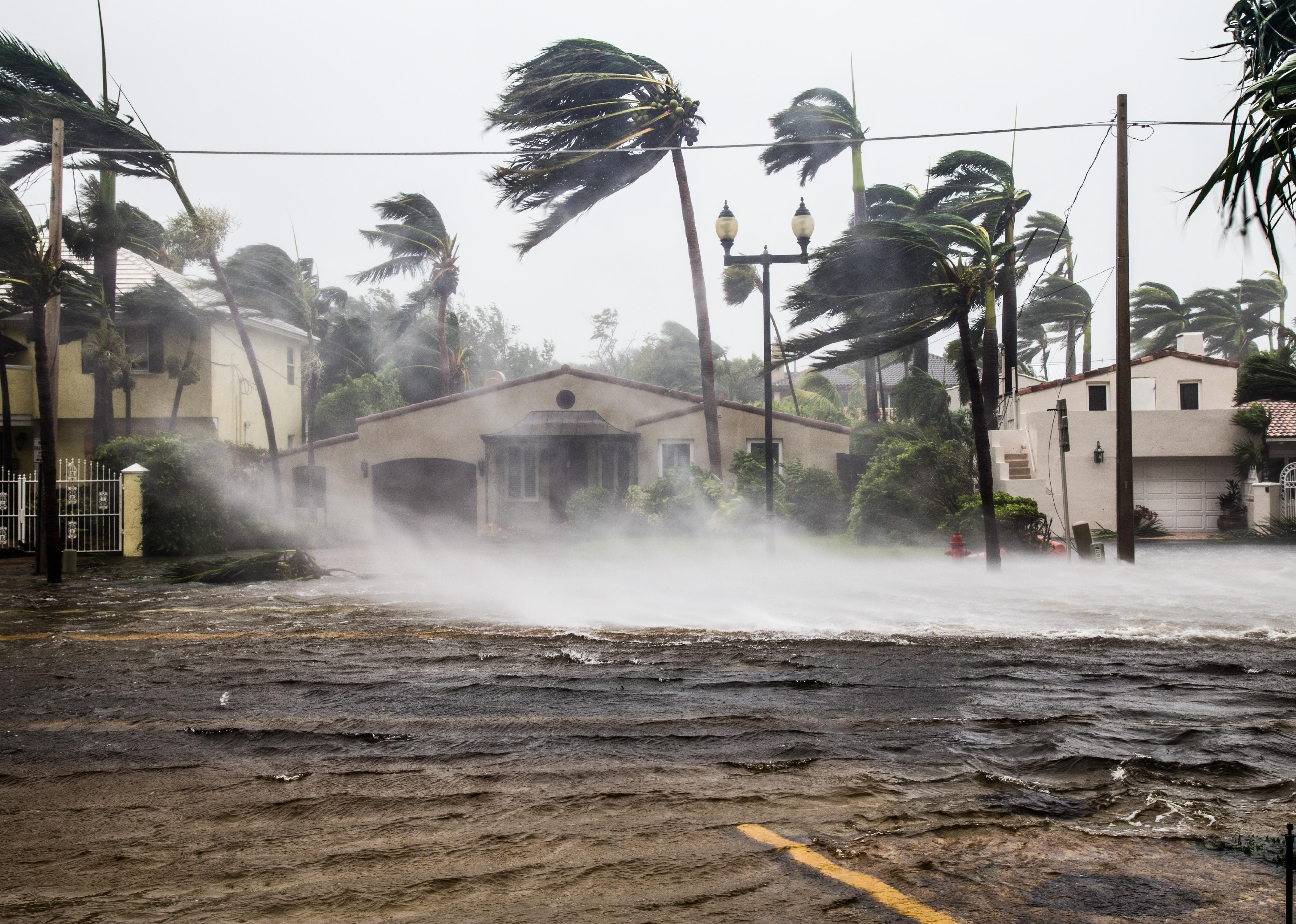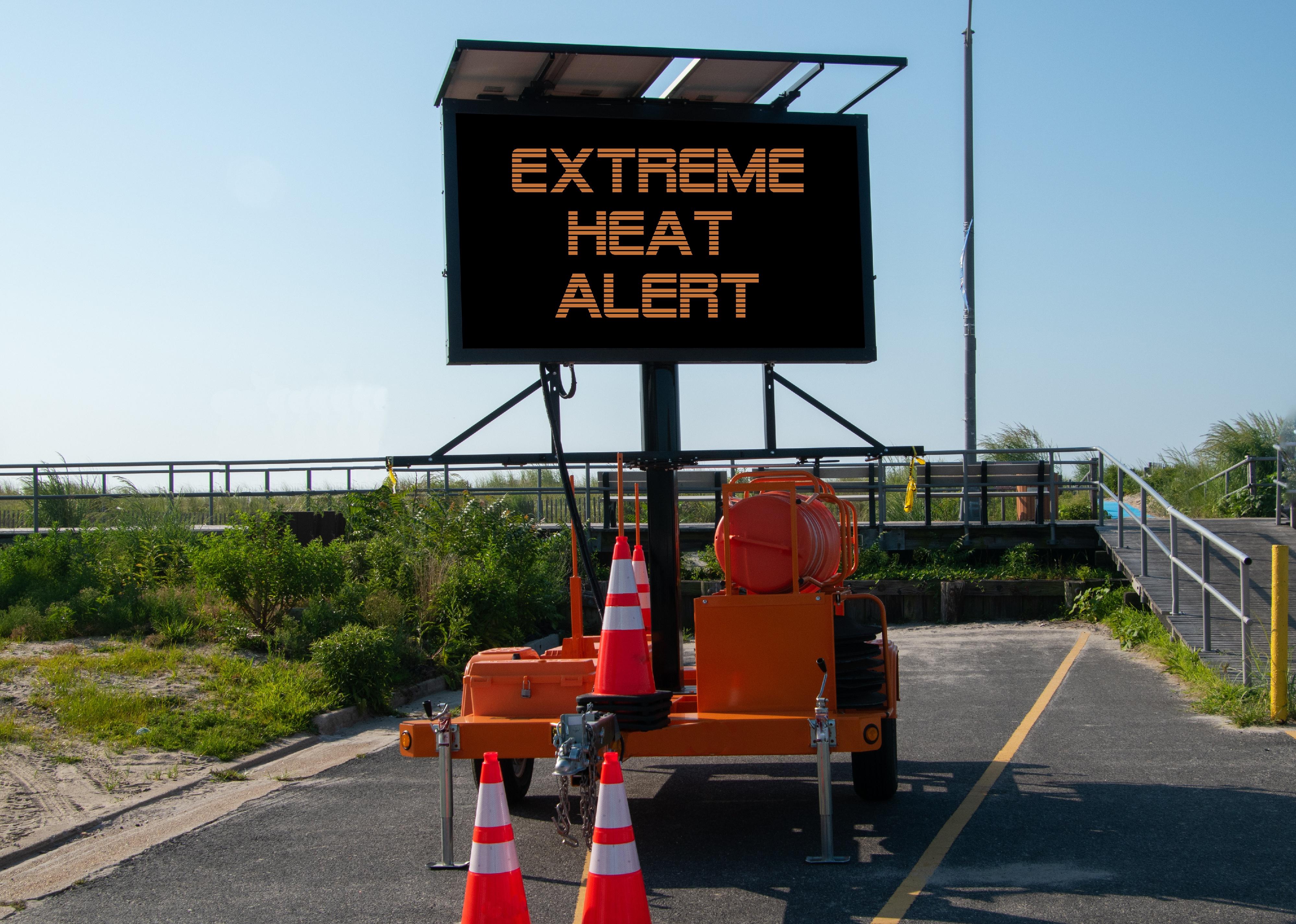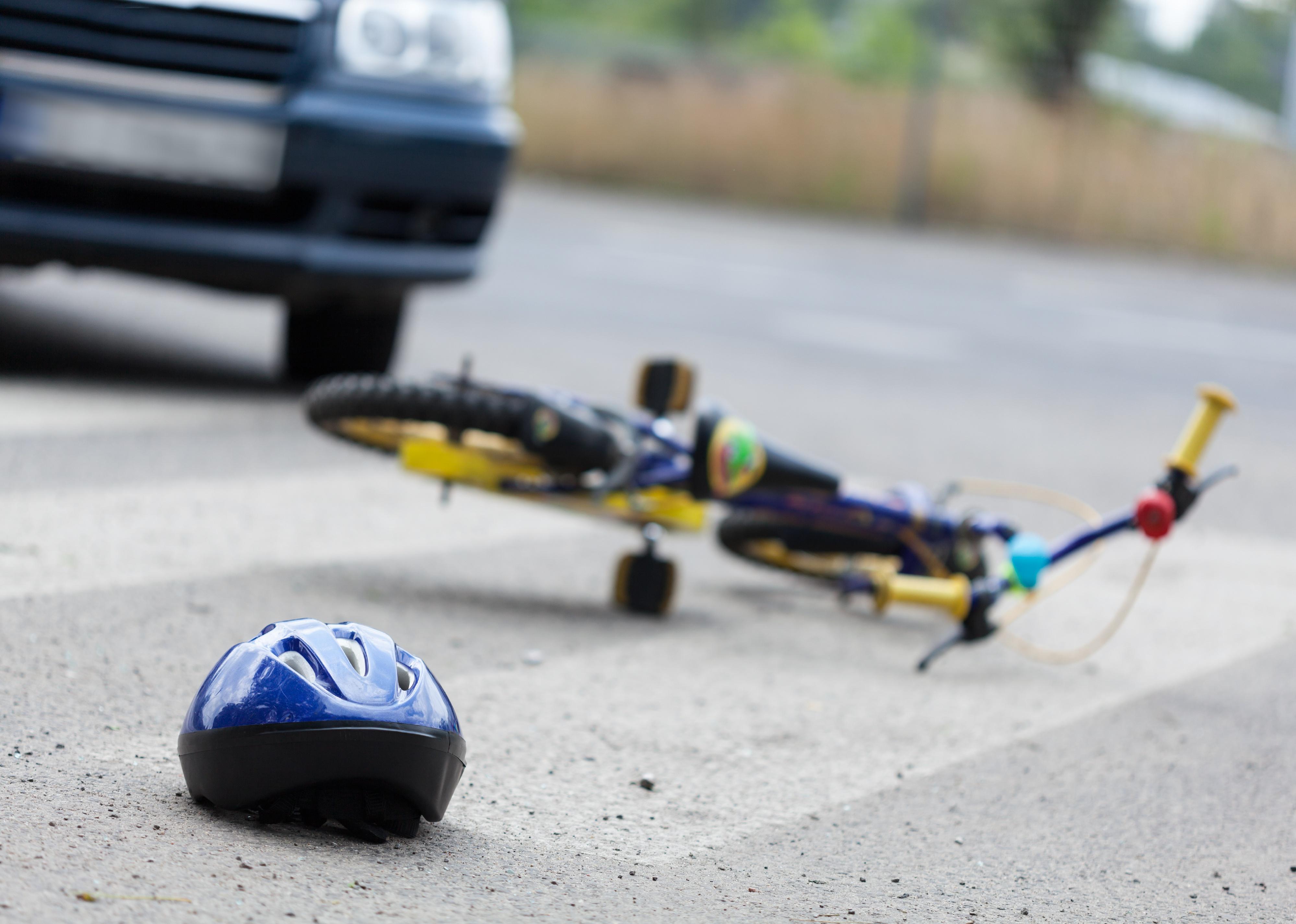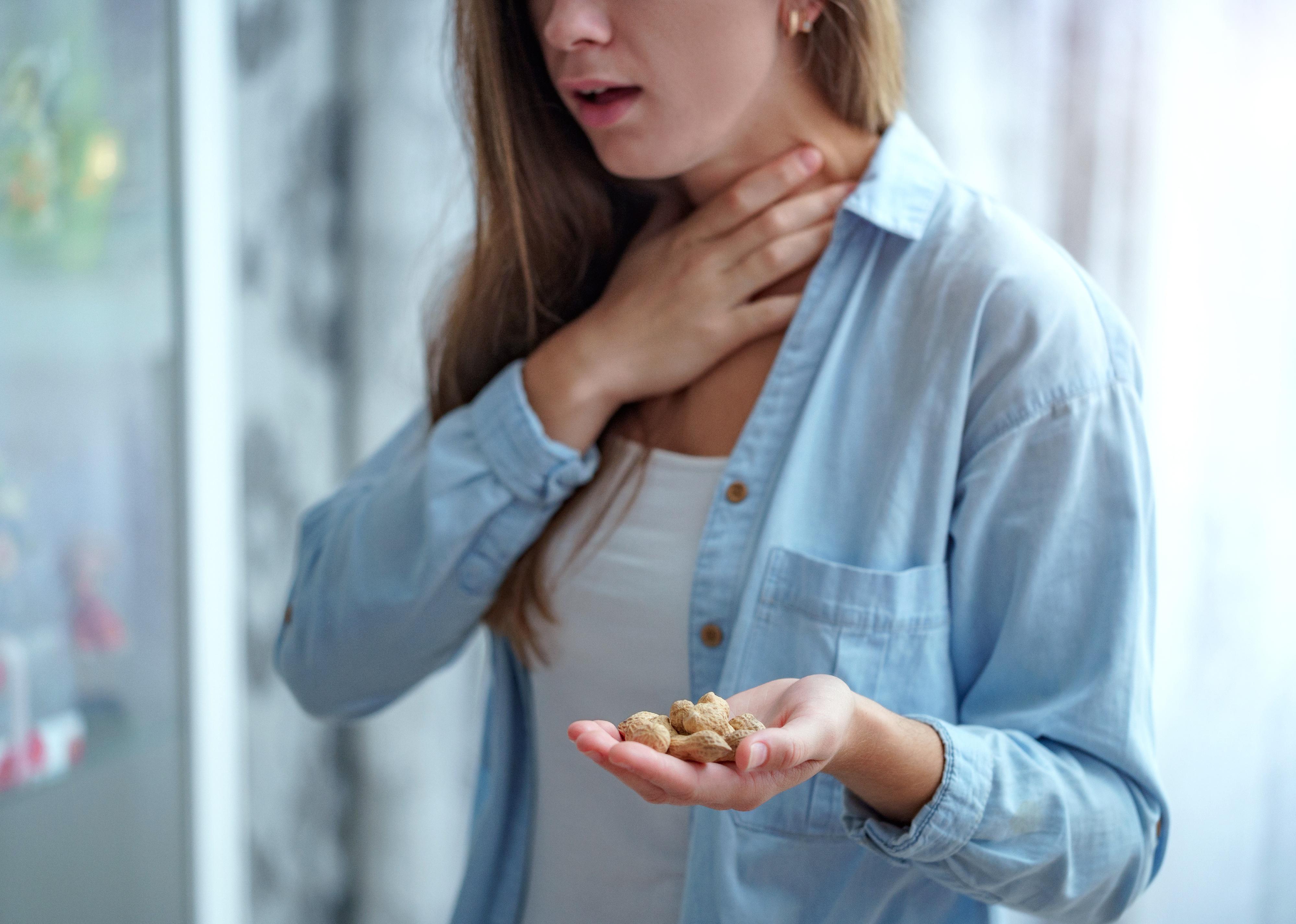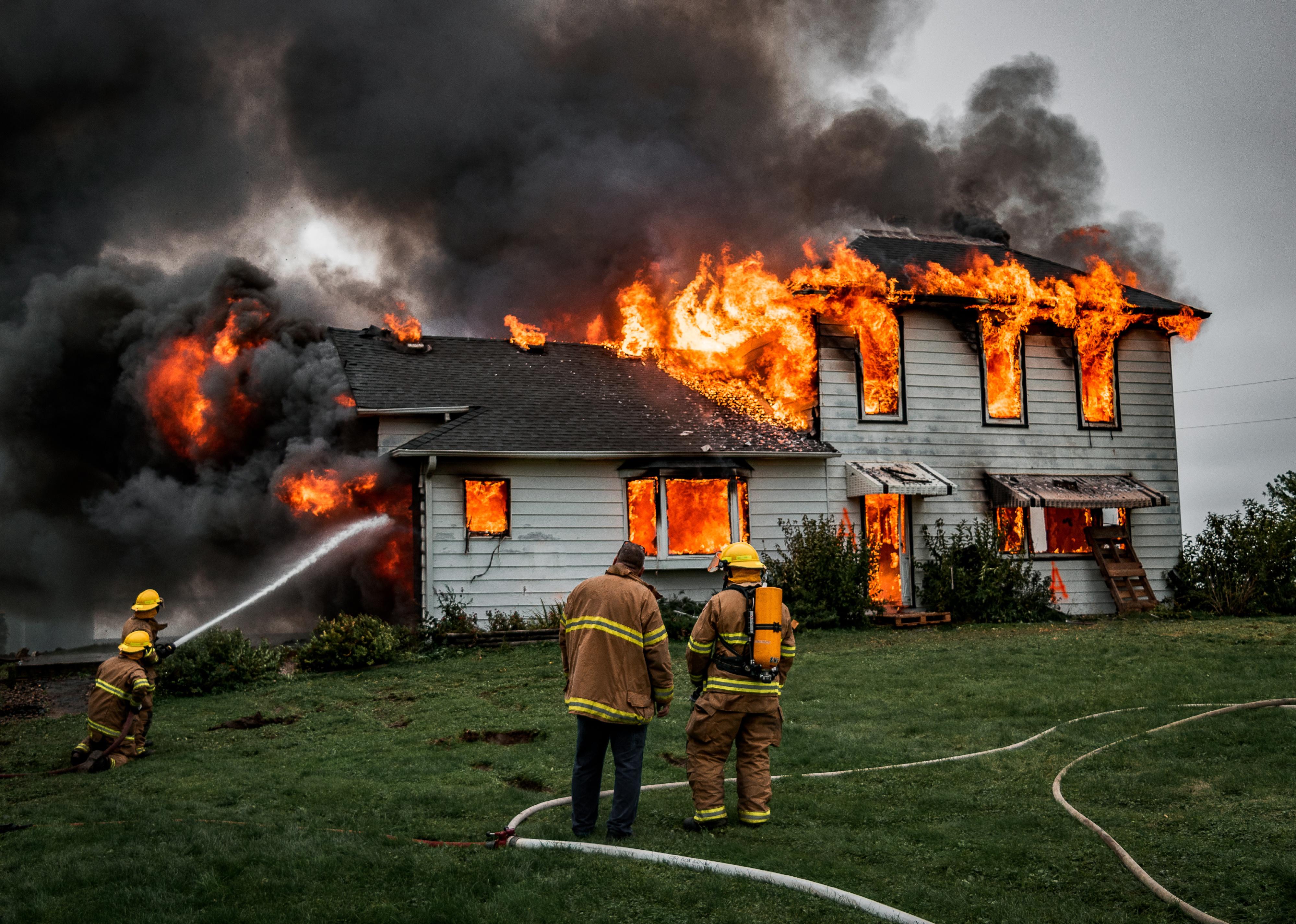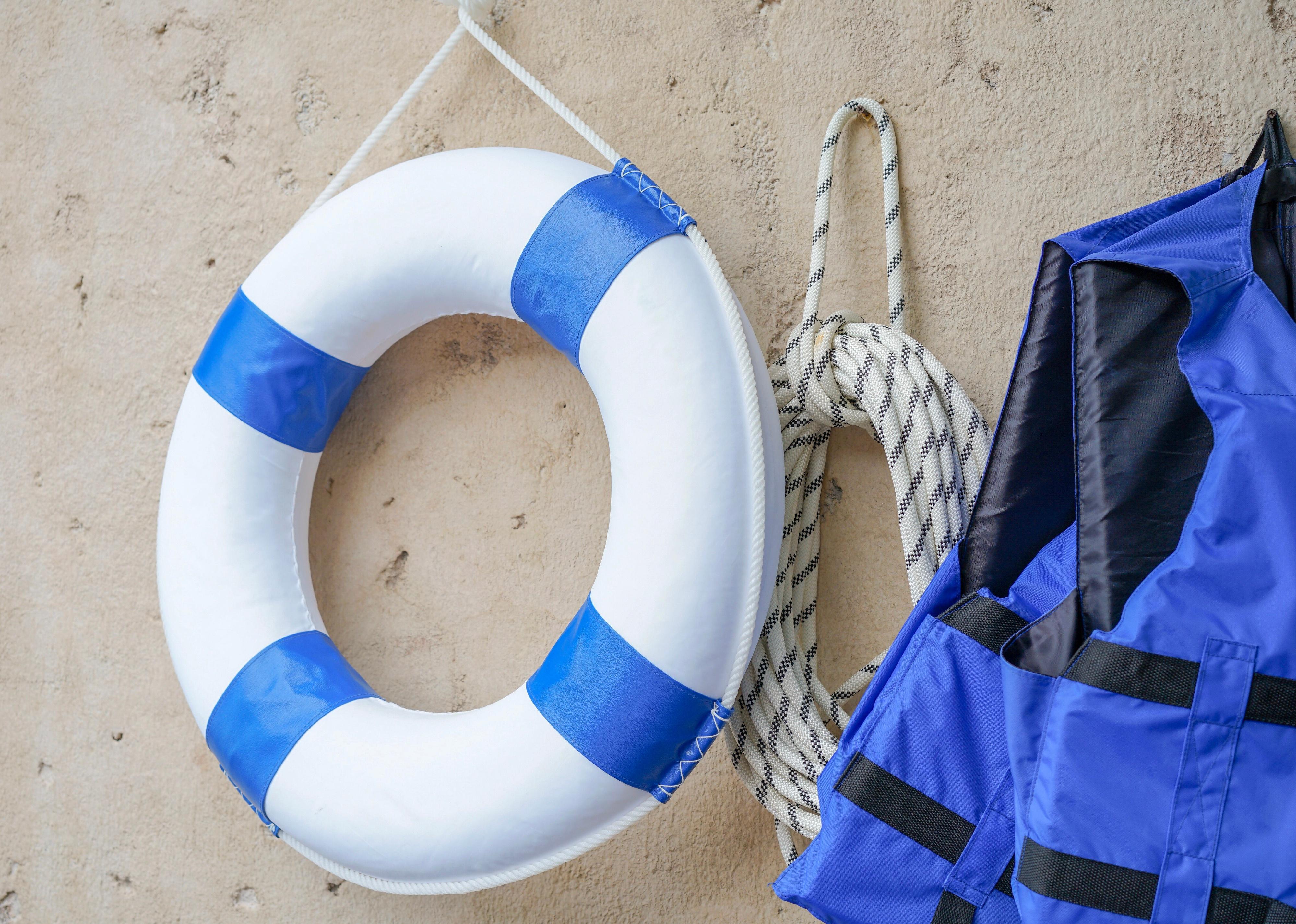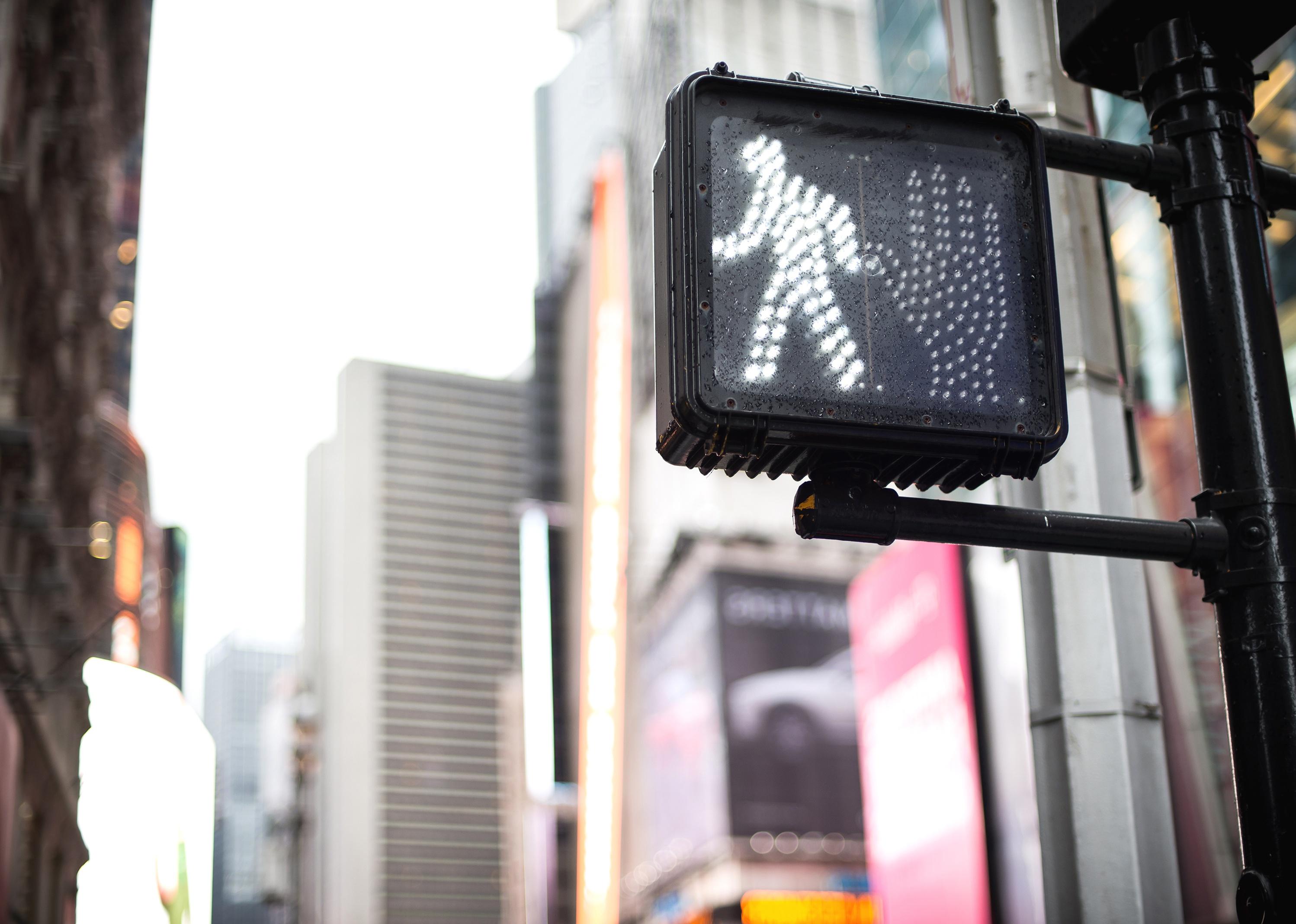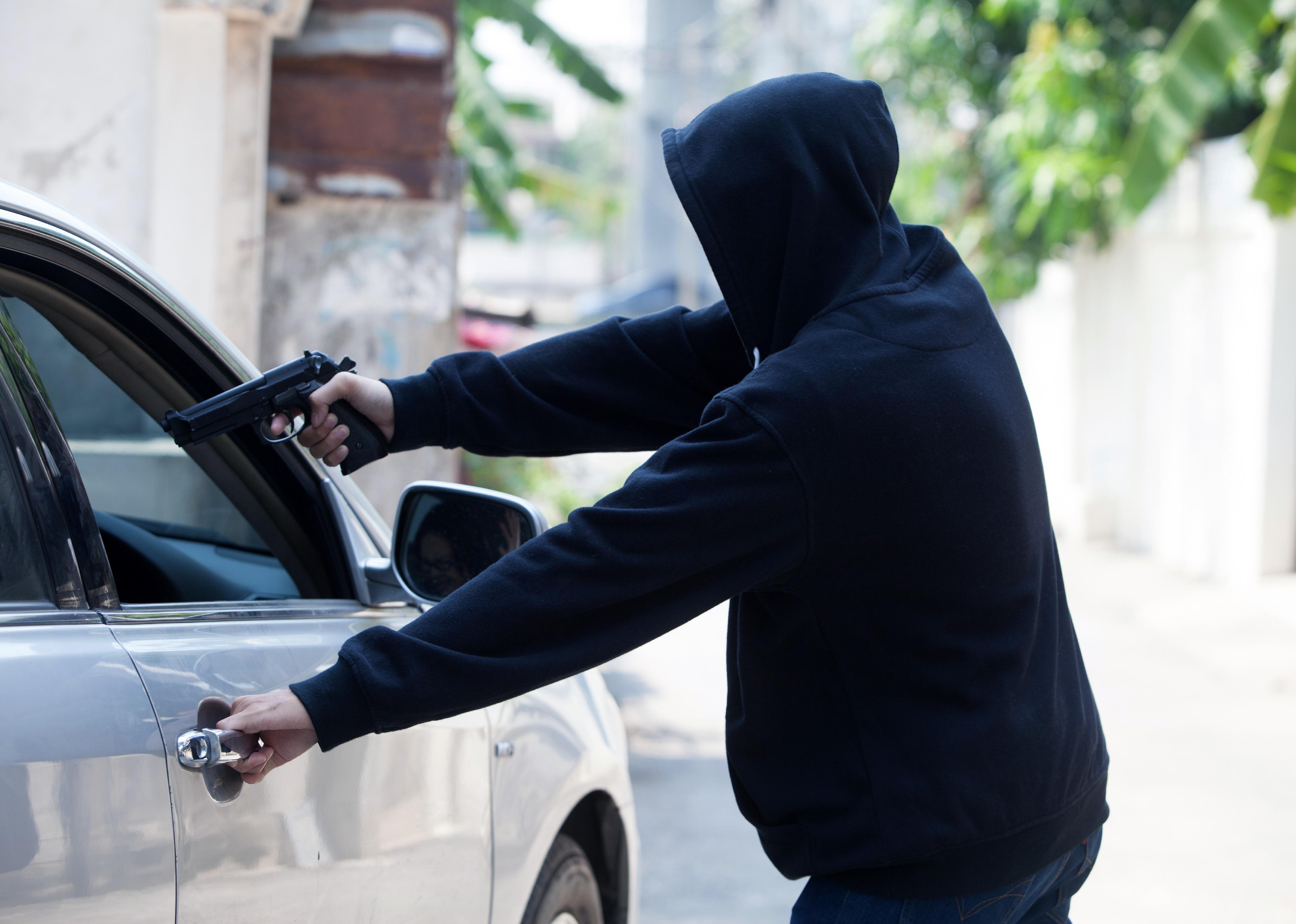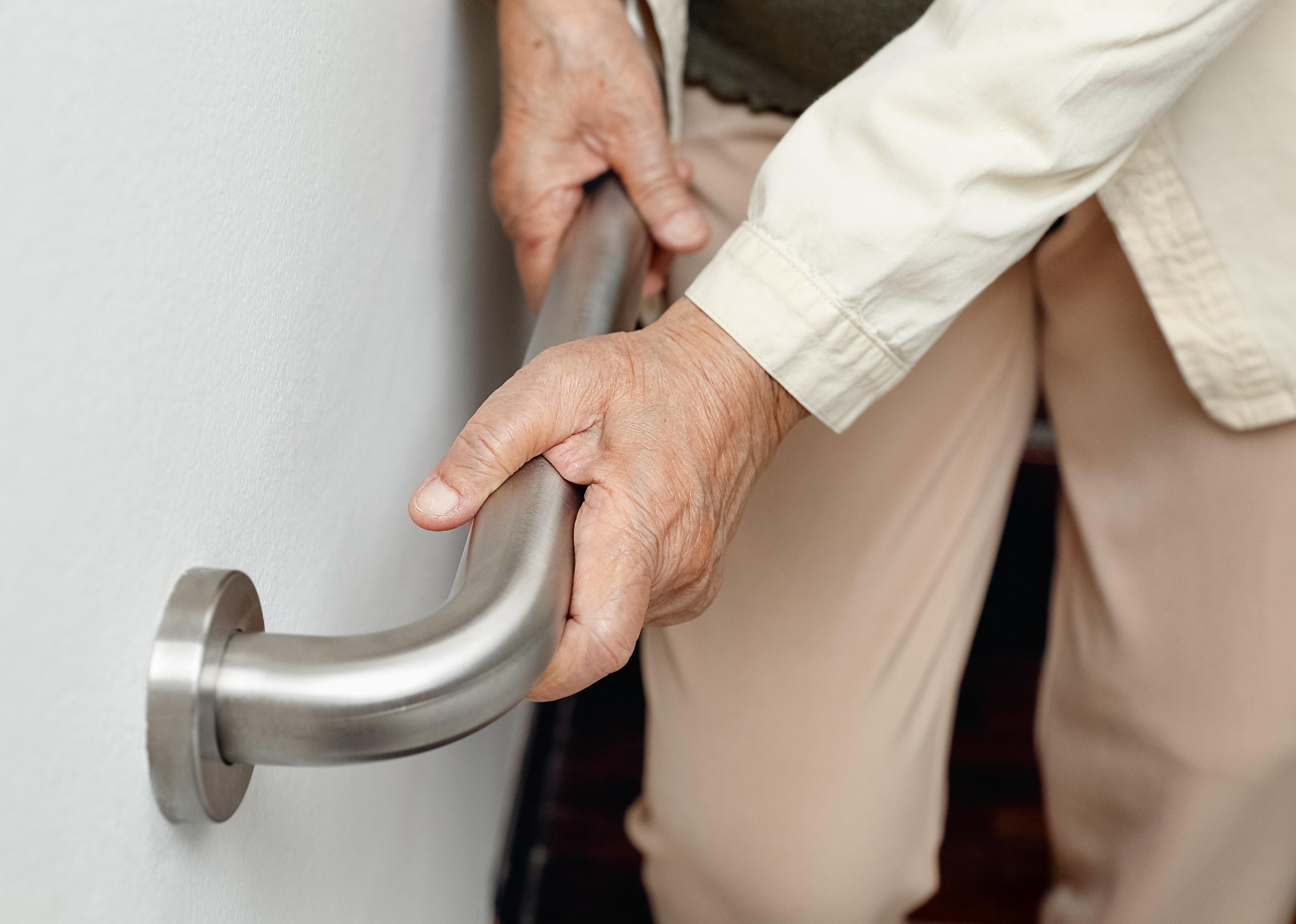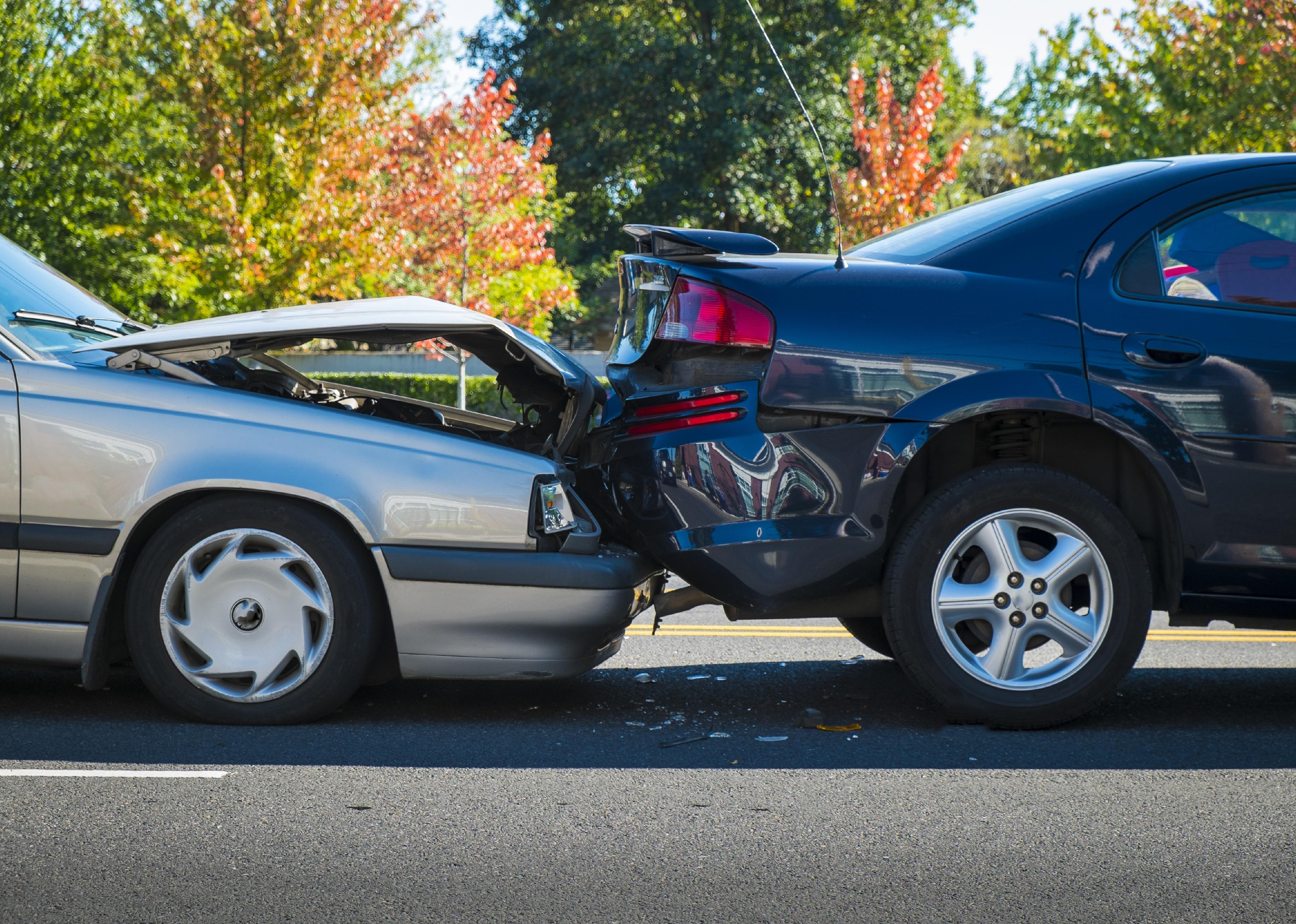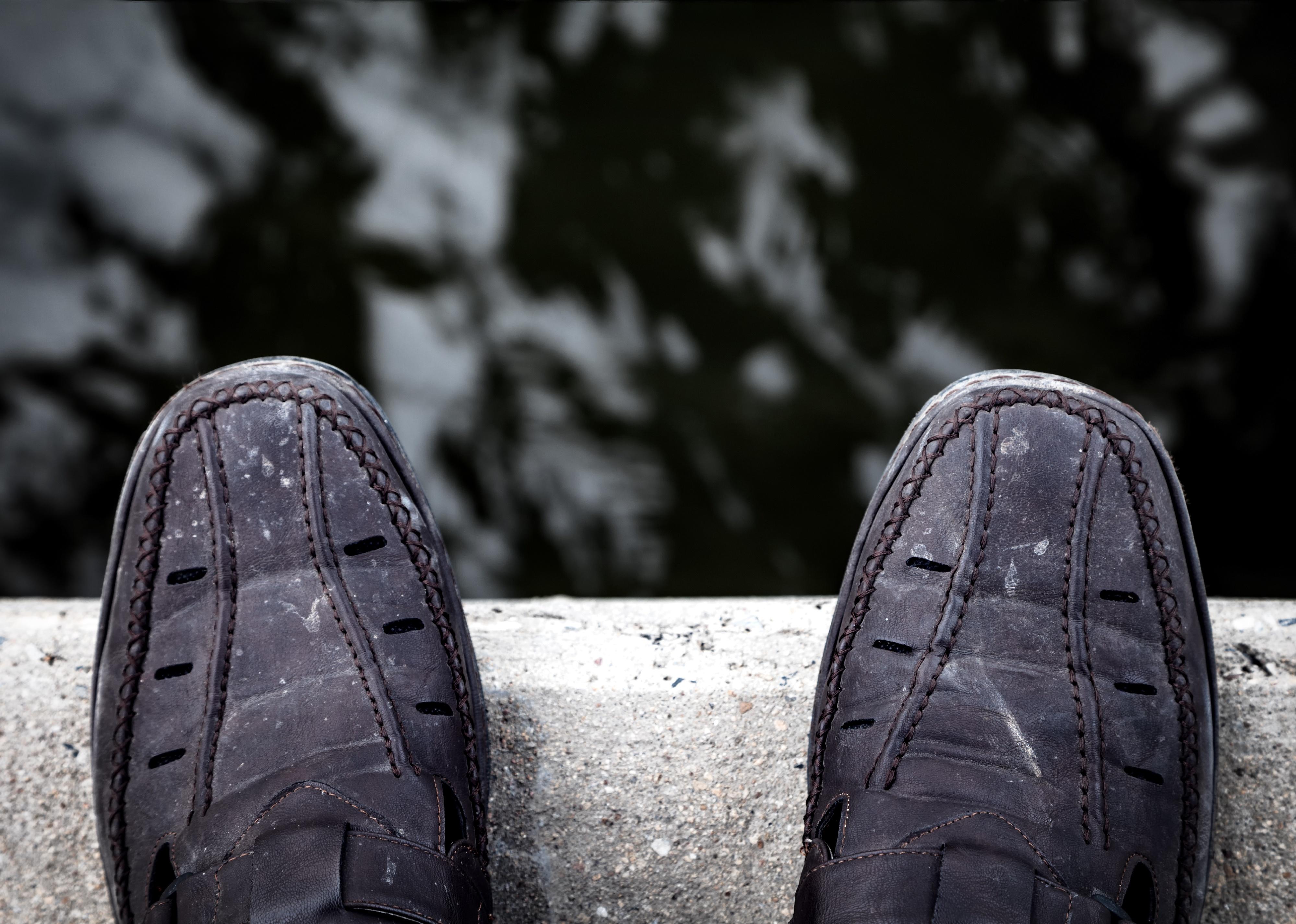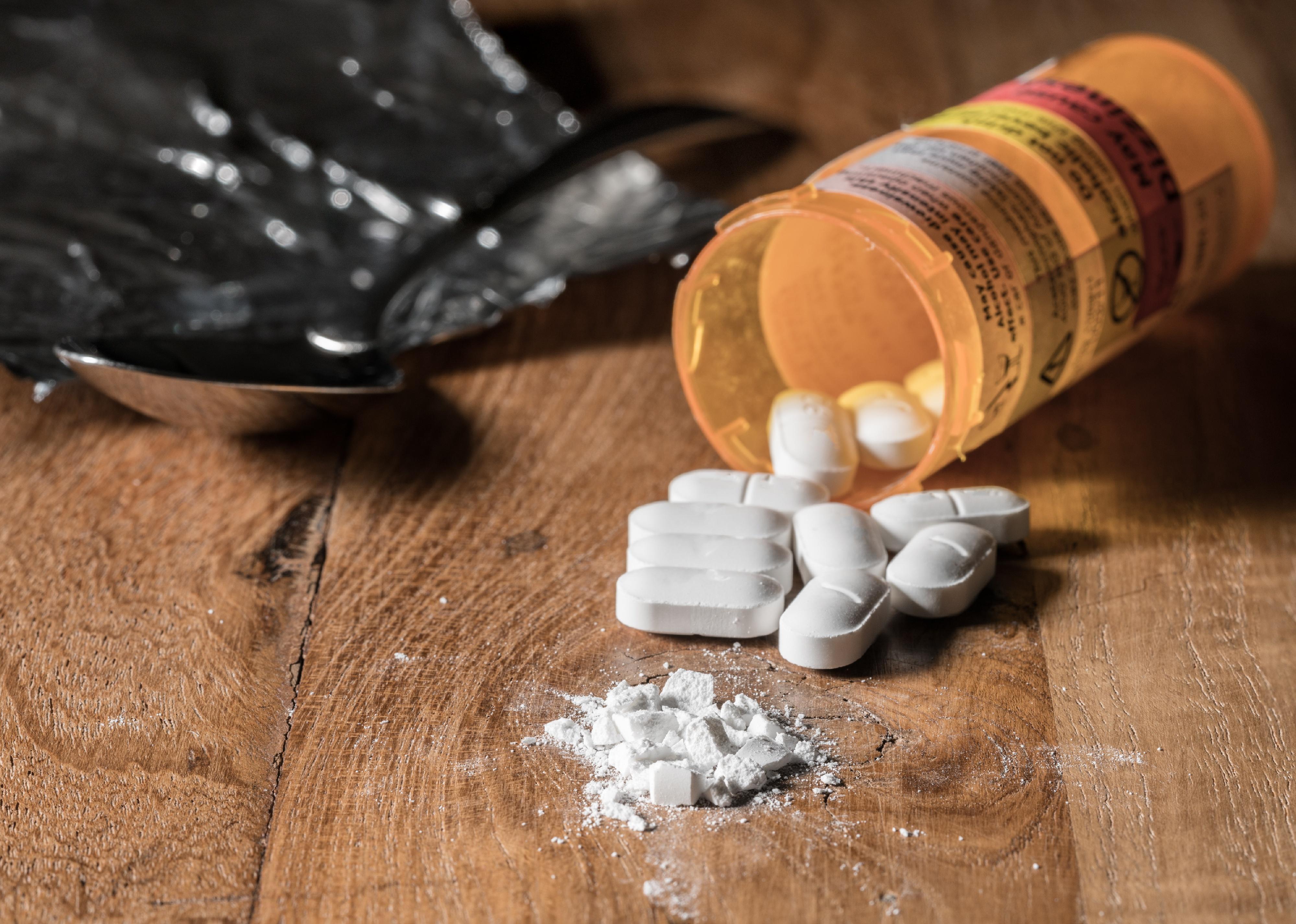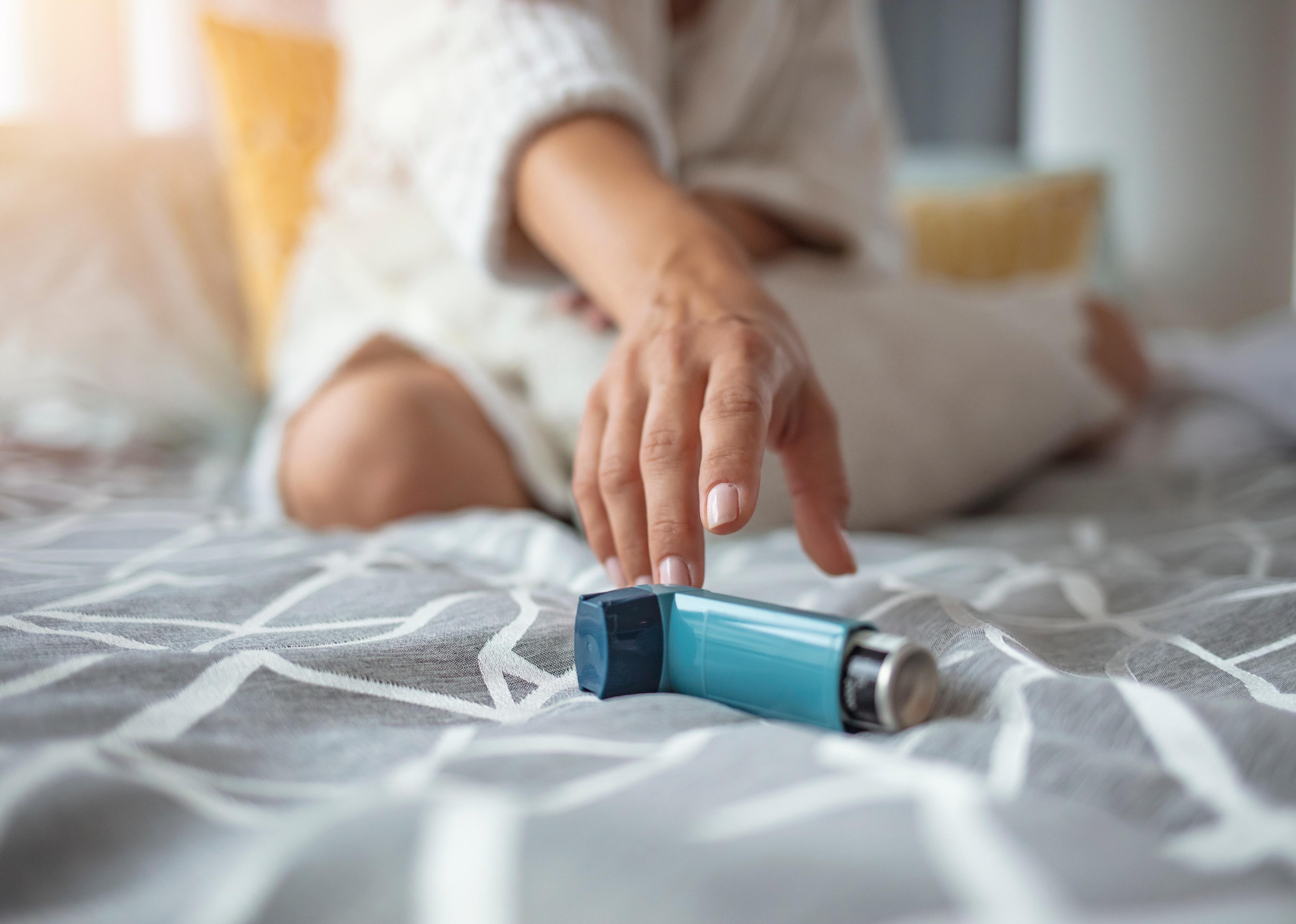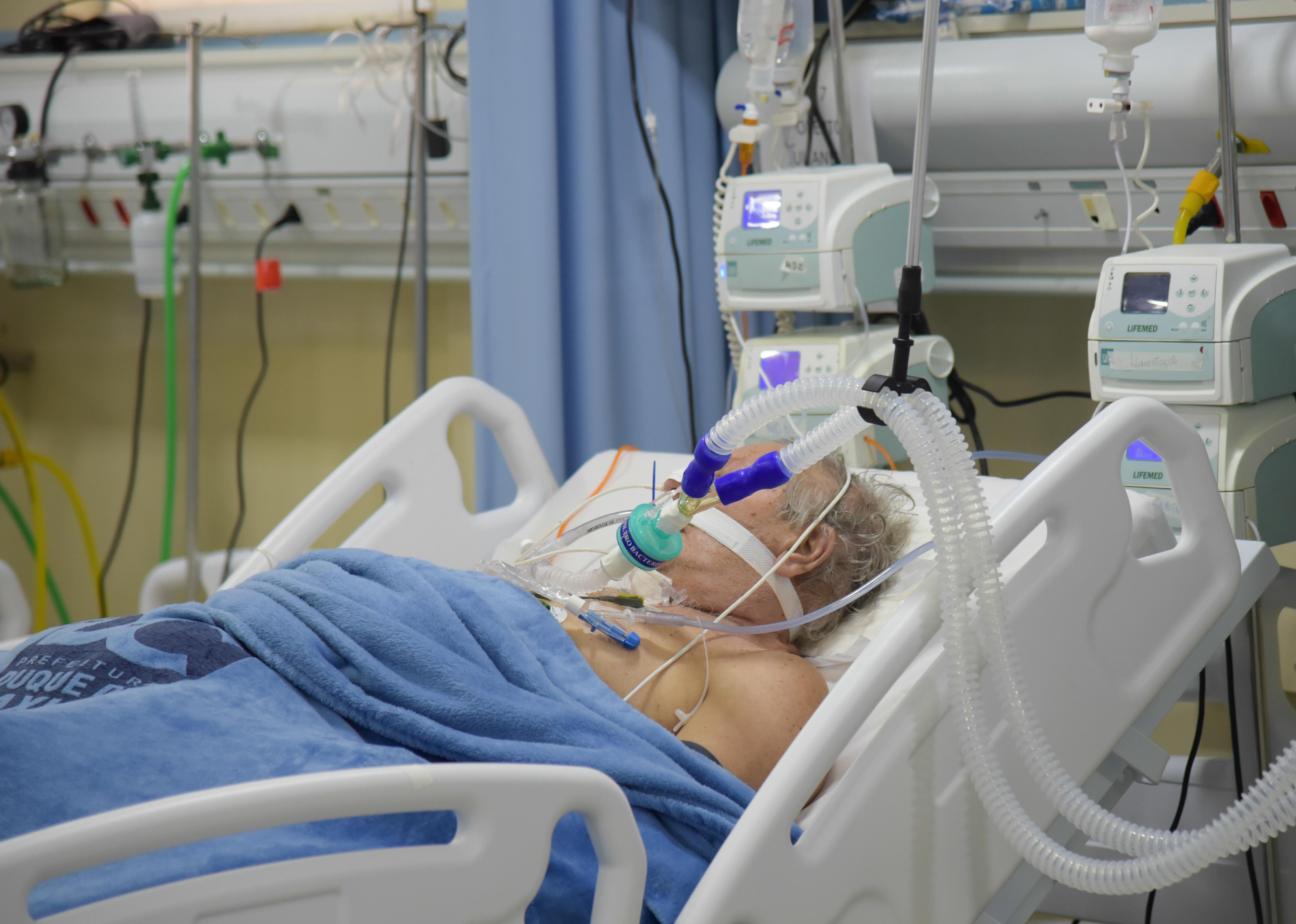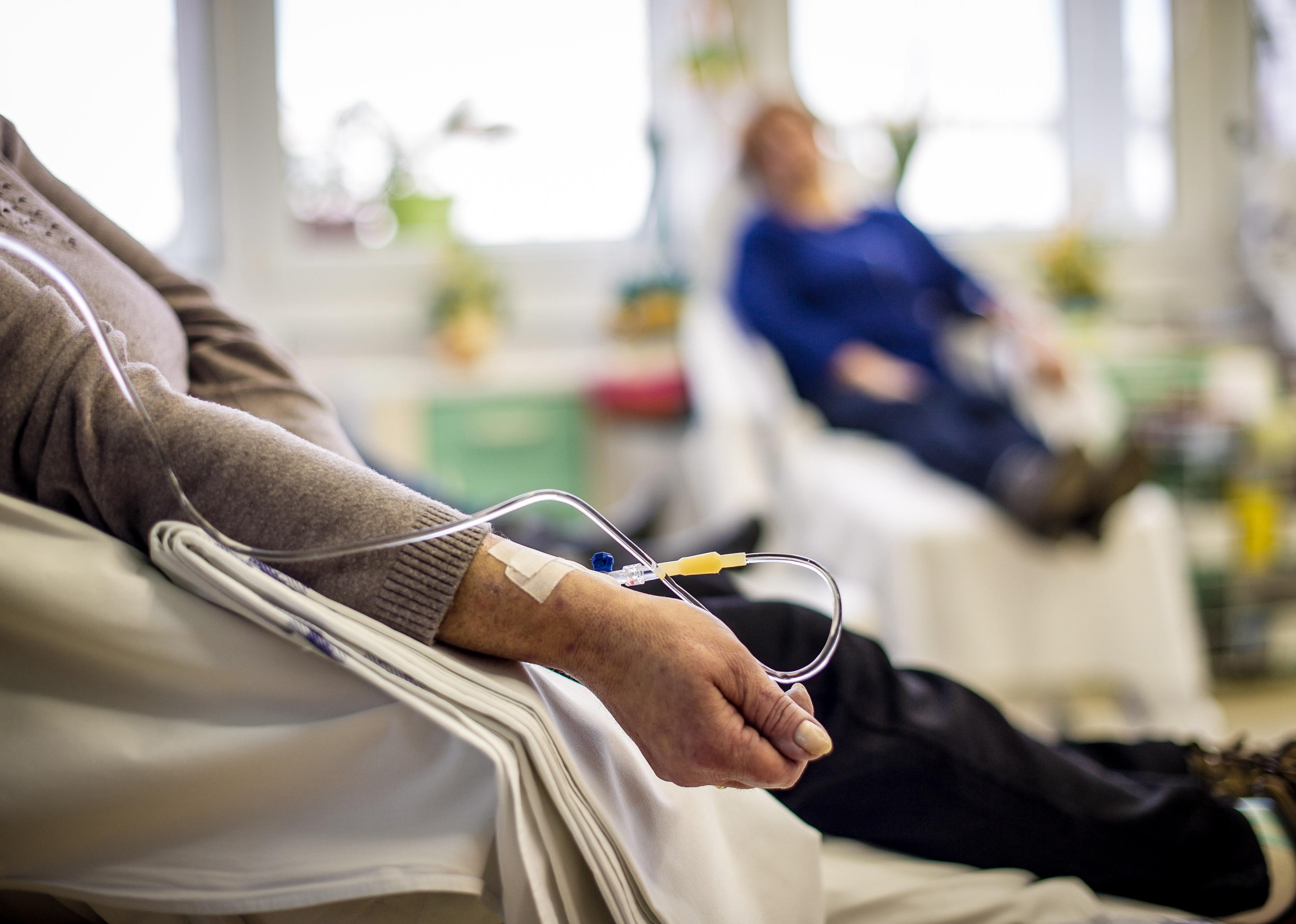24 causes of death—and how likely they are to happen

Sunshine Studio // Shutterstock
24 causes of death—and how likely they are to happen
Electrical technician cutting cable.
There is an old anecdote that says there are only two certainties in life: death and taxes. No one lives forever, and it’s a morbid reality not everyone will reach a ripe old age and die peacefully in their bed surrounded by loved ones. Despite modern advances in safety and medicine, death is still constantly around us like the apocryphal Grim Reaper, with approximately 8,610 people dying in the United States every day. Unfortunately, many of them will meet untimely ends.
Stacker compiled data from the National Safety Council to assess the risk associated with various causes of death in the U.S. The odds presented are founded on mortality data from the National Center for Health Statistics based on statistical averages and do not necessarily reflect any specific individual’s chances of dying from the specific cause. These lifetime odds are approximated by dividing the one-year odds by the life expectancy of a person born in 2020.
These odds are also not predictive probabilities for the entire population as any individual’s odds of dying from various external causes are affected by the type of lives they lead—where they live, how frequently they drive and to where, the activities in which they participate, and what kind of work they do, among other factors. Someone who works with heavy equipment, for example, will have a higher chance of dying in a work-related accident than someone who works in an office; similarly, a drug user will have a higher chance of suffering a fatal overdose than someone who does not use drugs.
This list will deal with topics that will not be appropriate for all readers, so reader discretion is advised.
You may also like: Web3 is coming—here’s what you should know
![]()
SasaStock // Shutterstock
#24. Dog attack
Back view of a dog looking at a person on a trail.
– Odds of dying: 1 in 69,016
Dogs are often regarded as “man’s best friend,” but not all canine encounters are friendly. Some are outright fatal. In 2020, there were 46 dog bite-related deaths.
Before you eye your beloved pooch as a furry harbinger of doom, however, be aware that most deaths due to dog bites involved dogs that were not family pets, and most victims were unfamiliar with the dog.
Dog attacks can usually be avoided by exercising caution and good animal handling when approaching or dealing with an unknown animal.
Lara Joy // Shutterstock
#23. Hornet, wasp, and bee stings
Close up of a bee on skin.
– Odds of dying: 1 in 57,825
Almost everyone has experienced some kind of insect sting or bite at some point in their lives. What is an annoyance for a vast majority of people ends up being lethal to an unfortunate few. The Centers for Disease Control and Prevention recorded a total of 1,109 deaths due to stings from bees, wasps, and hornets for the period 2000-2017.
Unfortunately, this number is likely underreported due to the misdiagnosis of fatal allergic reactions as heart attacks or sunstroke.
Caution should be exercised to avoid bee and wasp nests when outside for work or leisure, and those aware that they are allergic should carry antidotes or epinephrine in case of unavoidable stings.
PandaStudio // Shutterstock
#22. Hot surfaces and substances
Closeup shot of blue fire from domestic kitchen stove top.
– Odds of dying: 1 in 50,341
In the United States, thermal burns account for almost 75,000 hospitalizations each year, with approximately 14,000 of them being fatal. These injuries come from a wide variety of sources such as contact with hot metals to scalds from liquids and oils used in both residential and commercial kitchens.
Proper caution, including wearing protective gear, should always be used when working with exposed hot surfaces and substances.
FotoKina // Shutterstock
#21. Cataclysmic storm
A flooded street after a hurricane.
– Odds of dying: 1 in 35,074
Modern humans have mastered many aspects of the natural world, but the weather is not one of them.
In 2021, storms killed 538 Americans, making it the deadliest year for weather-related deaths since 2011.
People living in areas prone to extreme weather should heed precautions such as having emergency stores of food and water and listening to evacuation warnings.
Fuss Sergey // Shutterstock
#20. Sharp objects
Crime scene with a knife.
– Odds of dying: 1 in 26,744
The vast majority of deaths by sharp objects are intentional homicides. According to the United Nations’ 2019 Global Study on Homicide, fatal stabbings with knives accounted for 22% of homicides worldwide in 2017, the most recent year for comprehensive data.
That being said, sharp objects are dangerous under the best circumstances and accounted for the injury-related deaths of more than 3,100 Americans in 2020.
Proper protective gear and practices should be used when near sharp objects, and usual precautions against violent crime such as situational awareness should be practiced at all times.
You may also like: How to tell you’re being phished and 9 other common online scams to watch out for

Sunshine Studio // Shutterstock
#19. Electrocution, radiation, extreme temperatures, and pressure
Electrical technician cutting cable.
– Odds of dying: 1 in 14,705
Hazardous energies such as electricity, radiation, and extreme temperatures and pressures are hazards often faced by machine workers.
In 2021, 475 American workers died due to incidents with machinery, many of which were preventable accidents. Such incidents can be avoided by following proper protocols, wearing appropriate safety gear, and undergoing safety training.

Canva
#18. Accidental gun discharge
Two shotguns lying on a wooden surface.
– Odds of dying: 1 in 7,998
While the vast majority of deaths related to guns are homicides, a smaller yet significant number of gun-related deaths are due to accidents. They are also preventable by practicing basic safety when owning or handling firearms and by keeping them out of the reach of children.
Alan Budman // Shutterstock
#17. Sunstroke
Electronic mobile sign that says Excessive Heat Alert.
– Odds of dying: 1 in 6,368
With 2022 setting record temperatures in many places, there was also an increase in incidents of heat-related illnesses and deaths. Sunstroke or heatstroke—bother terms referring to the same condition—occurs when the internal body temperature rises over 104 degrees Fahrenheit.
People who exert themselves at work or in athletics in high temperatures are particularly prone to heatstroke, as well as children and the elderly.
Limiting physical activity in hot weather, drinking adequate quantities of water, and taking breaks from the sun are effective ways to avoid heatstroke.
Ground Picture // Shutterstock
#16. Bicycling
A small bike and a helmet lying on the road.
– Odds of dying: 1 in 3,396
Whether on the road or trail, bicycles are still vehicles. In 2020, there were 1,260 preventable bicycle-related deaths. Fatal bicycle-related incidents increased in the warmer months, and most cyclist fatalities were due to motor vehicle crashes.
When riding a bicycle, proper safety gear should be used, including a helmet and retroreflective or bright clothing. It is also crucial to remember that the basic rules of the road still apply.
goffkein.pro // Shutterstock
#15. Choking on food
Young person with hand over throat from choking.
– Odds of dying: 1 in 2,745
We all have to eat. Unfortunately, one of the very acts required to live can sometimes be fatal. Statistics from 2020 showed choking as the fourth-leading cause of unintentional death, with a reported 4,963 deaths. Death by choking on food is particularly dangerous to the elderly.
Food should always be cut into manageable bites and thoroughly chewed before swallowing, and people with compromised swallowing abilities should be monitored while eating.
You may also like: States with the most homelessness
Sean Thomforde // Shutterstock
#14. Fire or smoke
Firefighters putting out a fire.
– Odds of dying: 1 in 1,450
Fire can be both a help and a horror to humans. 2021 was a particularly bad year for fire-related deaths, with fires claiming the lives of 3,800 civilians and 70 on-duty firefighters. The majority of these incidents were the result of home fires.
Having fire alarms and extinguishers in all buildings and knowing points of evacuation increase survival odds against fire.
Kanitnon Keemkhunthod // Shutterstock
#13. Drowning
Roll of rope and life jacket on cement wall near the pool.
– Odds of dying: 1 in 1,024
Worldwide, drowning is ranked as the third-leading cause of unintentional death. In the U.S., an average of 4,012 drowning deaths occurred annually between 2011-2020, with children being particularly at risk.
Precautions against drowning include wearing floatation devices when participating in boating or other water-based activities, learning to swim, and remaining vigilant when around water.
Kodda // Shutterstock
#12. Motorcycling
Motorbike accident on a city street.
– Odds of dying: 1 in 799
The roar of the engine, the wind in your hair—the chance of a fatal accident. The National Highway Traffic Safety Administration logged 5,579 fatal accidents involving motorcycles in 2020.
While some would argue not owning a motorcycle is the best prevention, exercising basic driving safety and wearing safety gear such as helmets and riding suits go a long way in reducing motorcycle fatalities.
Stas Walenga // Shutterstock
#11. Pedestrian incident
Crosswalk sign on a Manhattan traffic light.
– Odds of dying: 1 in 541
There is a disturbing trend in the U.S. regarding pedestrian fatalities. In 2021, 7,485 pedestrians were killed, making it the deadliest single year for pedestrians in four decades. Responsibility falls on both drivers and pedestrians to exercise due caution and regard on the roads.
photofriday // Shutterstock
#10. Gun assault
Person highjacking a car with a gun.
– Odds of dying: 1 in 221
Whether from an armed robber or mass shooter, violence involving guns is a grim part of life. Homicides by firearm caused the deaths of 20,966 Americans in 2021, an increase of 8.3% over 2020.
Exercising awareness around other people at all times is the first line of defense, followed by knowing escape routes and cover, and if all else fails possessing self-defense skills.
You may also like: Marijuana violations have taken over 10,000 truck drivers off the road this year, adding more supply chain disruptions
Toa55 // Shutterstock
#9. Fall
Elderly person holding onto a handrail for safety.
– Odds of dying: 1 in 102
People try to keep their balance as best as they can, but trips and stumbles are a part of life, and everyone has fallen at some point.
Falls range from being innocuous to fatal, with the elderly population being particularly at risk with fatal fall rates for seniors over 65 climbing approximately 30% from 2009 to 2018.
Falls in the home can be prevented by clearing tripping hazards from floors and stairs and installing equipment like rails in appropriate places.
Robert Crum // Shutterstock
#8. Motor vehicle crash
Auto accident involving two cars on a city street.
– Odds of dying: 1 in 101
Vehicular safety has come a long way in the past century, but it is still far from perfect. The National Highway Traffic Safety Administration estimates that 42,915 deaths due to vehicle crashes occurred in 2021. This number is up a grim 10.5% from 38,824 in 2020.
Practicing basic driving safety, wearing seat belts, and buying vehicles with modern safety features will increase the odds of surviving traffic accidents.
SanchaiRat // Shutterstock
#7. Suicide
Person looking down at his shoe on a bridge.
– Odds of dying: 1 in 93
Despite advances in mental health care, suicide remains a leading cause of death in the U.S. Provisional CDC data shows a projected 47,646 deaths by suicide in 2021.
While the good news is that this number is slightly down from the record high of suicide deaths in 2018, the number remains significant and represents an increase after back-to-back years of decline.
Obtaining mental health care and not abusing substances such as drugs and alcohol are important factors in preventing suicide.
Steve Heap // Shutterstock
#6. Opioid overdose
Macro of oxycodone opioid tablets.
– Odds of dying: 1 in 67
American deaths from opioid overdoses have been rising for the better part of a decade, with 2021 having 80,816 opioid-related deaths, up more than 10,000 from 2020.
Opioid deaths cut across all levels of American society, all ages, and economic statuses with deaths particularly on the rise in rural areas.
Education about opioid risks and improved access to health care and substance abuse prevention are effective ways of preventing opioid deaths, but the epidemic remains a lethal scourge.
Dragana Gordic // Shutterstock
#5. Chronic lower respiratory disease
Person reaching for an asthma inhaler.
– Odds of dying: 1 in 28
Chronic lower respiratory disease is a category of illness comprised of chronic bronchitis, asthma, and emphysema. Together, they are the fourth-leading cause of death in the U.S.
The causes for these diseases are varied among exposure to environmental contaminants, smoking, infections, and genetic predispositions.
Treatment depends on the individual condition and its respective causes, but smoking cessation, avoiding pollutants such as asbestos, and medical intervention can increase survival odds.
You may also like: Biggest Native American tribes in the U.S. today
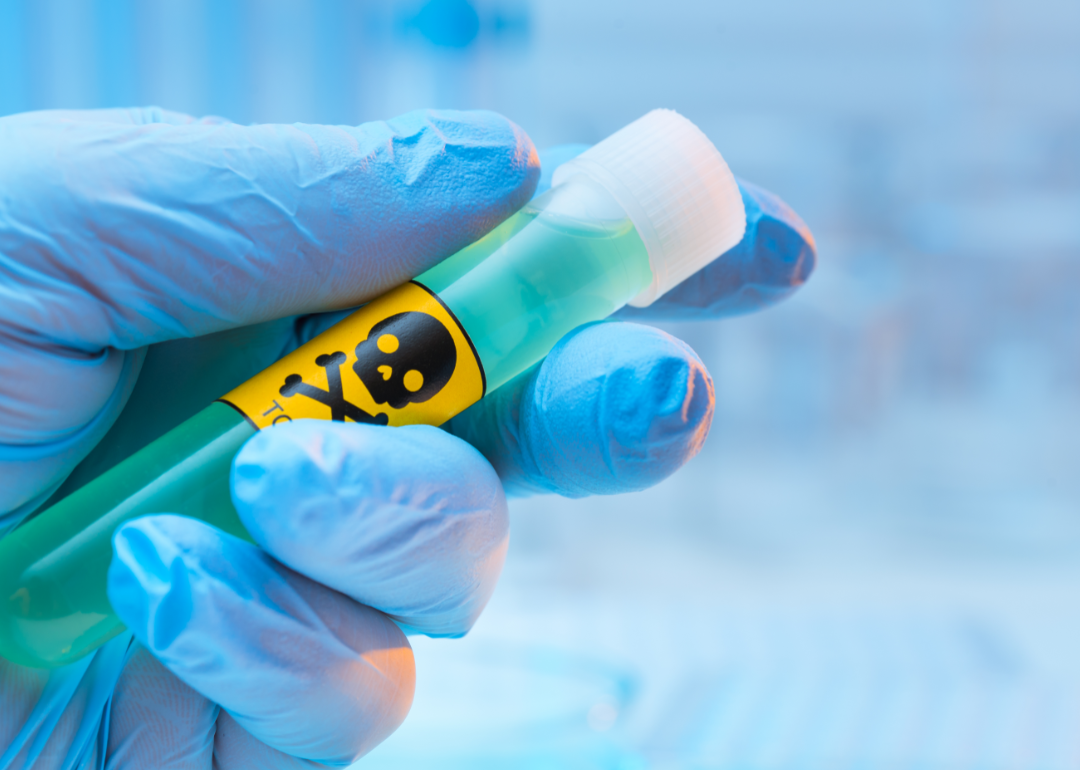
Canva
#4. All preventable causes of death
A gloved hand holds a vial labeled ‘poison.’
– Odds of dying: 1 in 21
Any cause of death that is neither natural nor intentional can be classified as an injury-related preventable death. This includes several manners of death that have already been mentioned, such as motor vehicle accidents and falls, but also includes any other cause of death that occurs unintentionally.
Within this category, poisoning has been the leading cause since 2013. Since these causes of death are so varied, so are the prevention methods.
Photocarioca // Shutterstock
#3. COVID-19
Sick man in hospital ICU bed.
– Odds of dying: 1 in 12
COVID-19 has been merciless since it arrived in the U.S. In just a few years, it has been responsible for more than 1 million American deaths and nearly 100 million cases.
Potential infection can be averted by getting appropriate vaccines, practicing strict cleanliness behaviors to avoid other forms of infection, and keeping current with CDC recommendations.
goodbishop // Shutterstock
#2. Cancer
Cancer patients receiving chemotherapy treatment in a hospital.
– Odds of dying: 1 in 7
Despite detection and treatment advancements, cancer is still one of the leading causes of death worldwide. While still shockingly high, cancer deaths have actually been decreasing over the last 20 years.
In 2020, 602,350 Americans died from cancers of all categories, with lung cancer alone being responsible for a little more than 1 in 5 of those deaths.
Cancers vary widely over genetics, sex, and environmental factors, but avoiding known carcinogens such as smoking tobacco and early detection for conditions like breast and colon cancers are significant to surviving cancer.
sitthiphong // Shutterstock
#1. Heart disease
Doctor is using a stethoscope for patient examination.
– Odds of dying: 1 in 6
Across racial lines of race, ethnicity, sex, and social status, heart disease is the world’s leading killer. The U.S. is no exception; approximately 697,000 people died from heart disease in 2020.
Since heart disease refers to various cardiovascular disorders, the causes are numerous, and potential risks will often depend on factors including heredity, environment, and diet.
Luckily, there are many behaviors individuals can manage such as modifying diet and exercise to maintain a healthy weight, avoiding or quitting smoking and drinking alcohol, and following up with doctors for routine screenings, especially with age.
